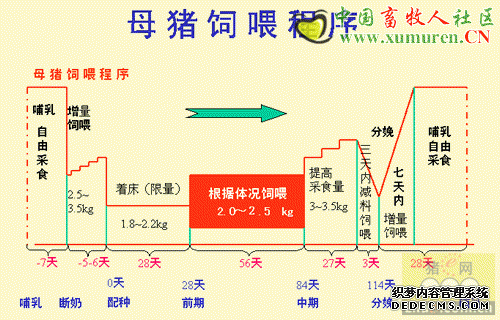By Claude Lagu?, P.Eng., Ph.D., University of Saskatchewan / Prairie Swine Centre Inc. Sask Pork Chair in Environmental Engineering for the Pork Industry - There is a general agreement in the scientific community to the effect that the increased atmospheric concentrations of what is referred to as greenhouse gases (GHG) are mainly responsible for the global warming trend that the Earth has been experiencing since the beginning of the Industrial Age.
The Climate Change and Greenhouse Gas Issues
Atmospheric GHG allow the sun抯 electromagnetic radiation to warm the Earth抯 surface and atmosphere and also prevent some of that heat to escape into outer space. Without GHG, the Earth抯 average surface temperature would be about ?0 oC rather than the actual 15 oC that allows life to exist and thrive on our planet.
The three most important GHG are carbon dioxide (CO2), methane (CH4) and nitrous oxide (N2O). On a molecular basis, 1 kg of CH4 has the same impact on the warming of the atmosphere than 21 kgof CO2; in the case of N2O, it takes 310 kg of CO2 to obtain the same warming impact than theone caused by 1 kg of that gas.
The lifetimes of these three gases once emitted into theatmosphere are approximately 100, 12 and 120 years for CO2, CH4 and N2O respectively.Without any action to reduce world anthropogenic GHG emissions, it is currently estimated thatthe Earth抯 average surface temperature could increase by 1 to 3.5 oC over the next century;corresponding average temperature rises for Canada are expected to range from 1 to 2 oC inthe Atlantic and Pacific coastal regions; 2 to 3 oC in the heartland of the country; 3 to 4 oC in theSouthern Prairies, around Hudson Bay and in most of the Northwest Territories and from 4 toeven 10 oC in some parts of the Arctic regions by the middle of the twenty-first century.
Impacts of Swine Production Activities
Figure 1: Gas collection and sampling system used to measure GHG emissions from manure storage facilities.It is estimated that agricultural activities are responsible for about 10% of the totalanthropogenic GHG emissions in Canada and that just under 50% of those emissions originatefrom livestock production. However, the relative contributions of the different livestock sectorshave not been precisely established yet.
In order to improve the current knowledge about GHG emissions from swine production systems, a collaborative research project between the Institut de recherche et de d関eloppement en agroenvironnement du Qu閎ec (IRDA), Prairie Swine Centre Inc. (PSCI), Universit?Laval and the University of Saskatchewan was initiated in January 2001. The purpose of this project is to measure GHG emissions from swine production buildings, manure storage and manure treatment facilities over a 2-year period. GHG emissions are assessed for different types of production buildings (e.g. gestation, farrowing, nursery and finisher rooms, partly and fully slatted floors), of manure storage facilities (e.g. earthern manure storages (EMS) and tanks, covered and uncovered facilities) and of manure treatment systems (Figure 1). The research project is one of many that are funded by the Climate Change Funding Initiative in Agriculture (CCFIA) program of Agriculture and Agri-Food Canada all across the country with the overall goal of better assessing the contribution of the Canadian agricultural sector to the global anthropogenic GHG emissions in Canada.
Approximately midway into this project, some preliminary emission data have been collectedand those data appear to be of the same order of magnitude than those reported in the literaturefrom studies conducted elsewhere in the world. Based on these results, some preliminaryestimates of the overall GHG emissions from swine production systems have been calculatedand the results are presented in Table 1. At the present time, these estimates suggest thatCanadian swine production systems do not constitute a major anthropogenic source of GHG.
Following the completion of this series of research projects, it will become possible to identifythe agricultural sectors which should be targeted for GHG emission reductions in the futurealong with appropriate mitigation measures.
Although the relative contribution of the pork industry to the global anthropogenic GHG emissions in Canada can be considered to be small, there exist opportunities to further reduce those emissions. The frequent removal of manure from the production buildings offers the potential of reducing CH4 and N2O emissions compared to standard practices. With respect to storage and land application of manure, more scientific information about the comparative impacts of different technologies (e.g. aeration or covering of storage facilities, surface application vs injection or incorporation of manure) on GHG emissions and on odour emissions and ammonia losses is needed before it becomes possible to identify technological options that have significant positive impacts on all of these important issues.
声明
来源:互联网
本文地址:http://farm.00-net.com/yz/zhu/5/2007-09-20/142361.html








